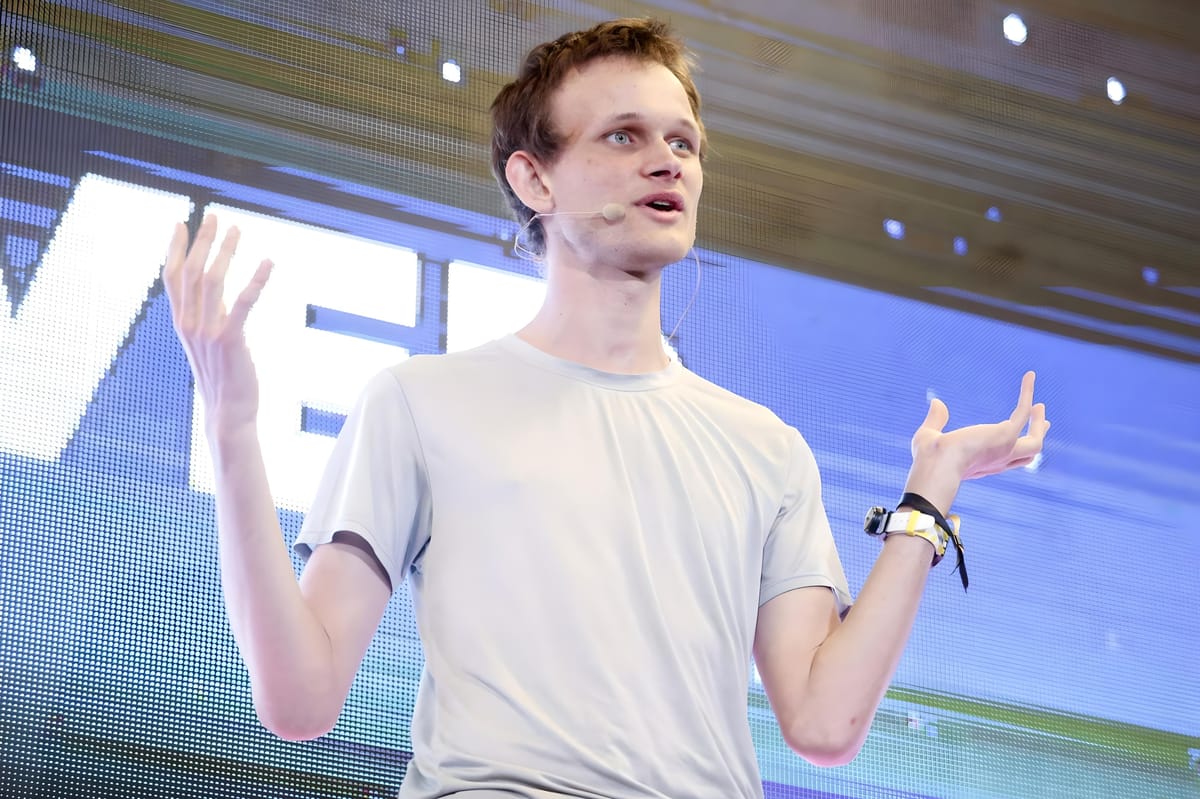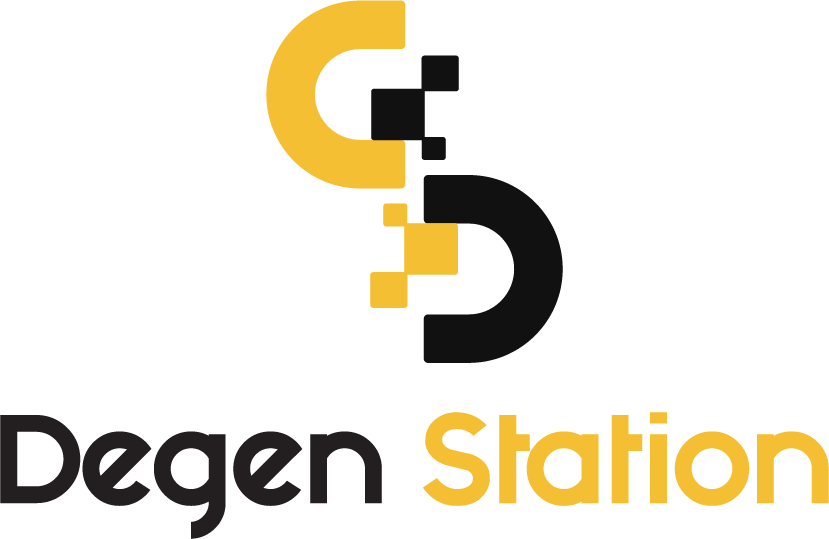Vitalik Buterin Outlines Ethereum Scaling Extensions Post-Dencun Upgrade

Ethereum co-founder Vitalik Buterin aims to tackle scalability head-on, positioning the blockchain as a foundational layer for projects to build upon.

Vitalik Buterin Outlines Ethereum Scaling Extensions Post-Dencun Upgrade
Late on March 28, Ethereum co-founder Vitalik Buterin published a blog post outlining his vision for what lies ahead for the world's second-largest cryptocurrency blockchain following the successful implementation of the Dencun upgrade, which introduced EIP-4844/blobs to the network.
This marks the first time in a long while that Buterin has both blogged and created a detailed thread underneath. This comes just days after Elon Musk questioned why Vitalik Buterin no longer utilizes the social media platform X (Twitter) as extensively as before. As previously explained by Coin68, Vitalik Buterin shifted to decentralized social solutions on Ethereum like Farcaster after his X account was hacked in September 2023.
Returning to the article, Vitalik Buterin begins by stating that post-Dencun and the introduction of a new layer-2 data storage mechanism called "blobs," the scalability challenge for Ethereum is no longer a journey from "0 to 1" but has moved into the phase of "1 to N."
The "0 to 1" phase focused on building Ethereum's infrastructure, starting from ground zero and progressing to having a foundational layer as it stands today. This period was the most challenging for the network, facing scalability limitations and high transaction fees, hindering widespread adoption and stable operation.
Ethereum has blobs. Where do we go from here?https://t.co/P2cyf9sCwb
— vitalik.eth (@VitalikButerin) March 28, 2024
However, with Dencun, Ethereum has begun integrating a new architectural layer, utilizing blobs to reduce transaction fees on layer-2 with the aim of shifting user activities to these second-layer scalability solutions. This positions Ethereum to enhance performance and introduce new aspects. Developers now have a solid foundational base to propel the blockchain to undefined heights.
However, Ethereum still has areas needing improvement to ensure optimal blob utilization, transitioning Ethereum from a layer-1 ecosystem to a network centered around layer-2 scalability, with nearly all applications developed on it.
Ethereum's co-founder likens the development phases of the world's second-largest blockchain to an S-curve. Post-Dencun, Ethereum has completed an abrupt architectural transition (represented by the steep S-curve) towards stabilizing on Layer-1 and shifting focus to application development and increasing adoption on Layer-2.

The S-curve diagram Vitalik Buterin uses to illustrate Ethereum's development stages
Therefore, Buterin proposes that Ethereum's next development phase should focus on data availability sampling (DAS)—a mechanism designed to further enhance scalability for layer-2s post-EIP-4844 by enabling light nodes to verify blockchain data availability simply by downloading a portion of the information. This reduces the data storage requirements for blobs, expanding the capacity of data that can be uploaded onto blobs. Additionally, DAS lowers technical demands for running nodes, opening opportunities for individual users to participate in the network rather than relying on large organizations.
Beyond data availability sampling, Vitalik Buterin lists four development directions for Layer-2s, including:
- Exploring data compression to reduce transaction sizes and increase transaction throughput.
- Considering Plasma solutions, selectively moving layer-2 data back to layer-1 in special cases.
- Ensuring layer-2s independently scale, integrating parallel execution to avoid gas fee spikes despite EIP-4844 adoption like the recent example of Base and the Inscrption trend.
- Strengthening security, auditing code to prevent errors, advancing rollups from stage 0 to stage 2.
Vitalik Buterin concludes:
"Ethereum is no longer just a purely financial ecosystem. It has become a full-stack solution for most contemporary centralized technologies, even providing solutions not found anywhere else. We must remember this as we continue to build the ecosystem."
The Ethereum co-founder calls on projects developing products aligned with Ethereum's 2020s mindset, surpassing the shadows of the early 2010s, focusing on layer-2 architecture, default privacy for users while ensuring transparency using zk-proof technology, applying mechanisms to combat more decentralized sybil attacks, implementing account abstraction for wallets, and providing new Web3 community governance solutions.

Comparison of Ethereum application criteria during the early 2010s and the 2020s, according to Vitalik Buterin
"We have no reason to delay anymore. We now have all the necessary tools to build applications that are both user-friendly and imbued with decentralized philosophies. It's time to roll up our sleeves and get to work," Vitalik Buterin declared.





